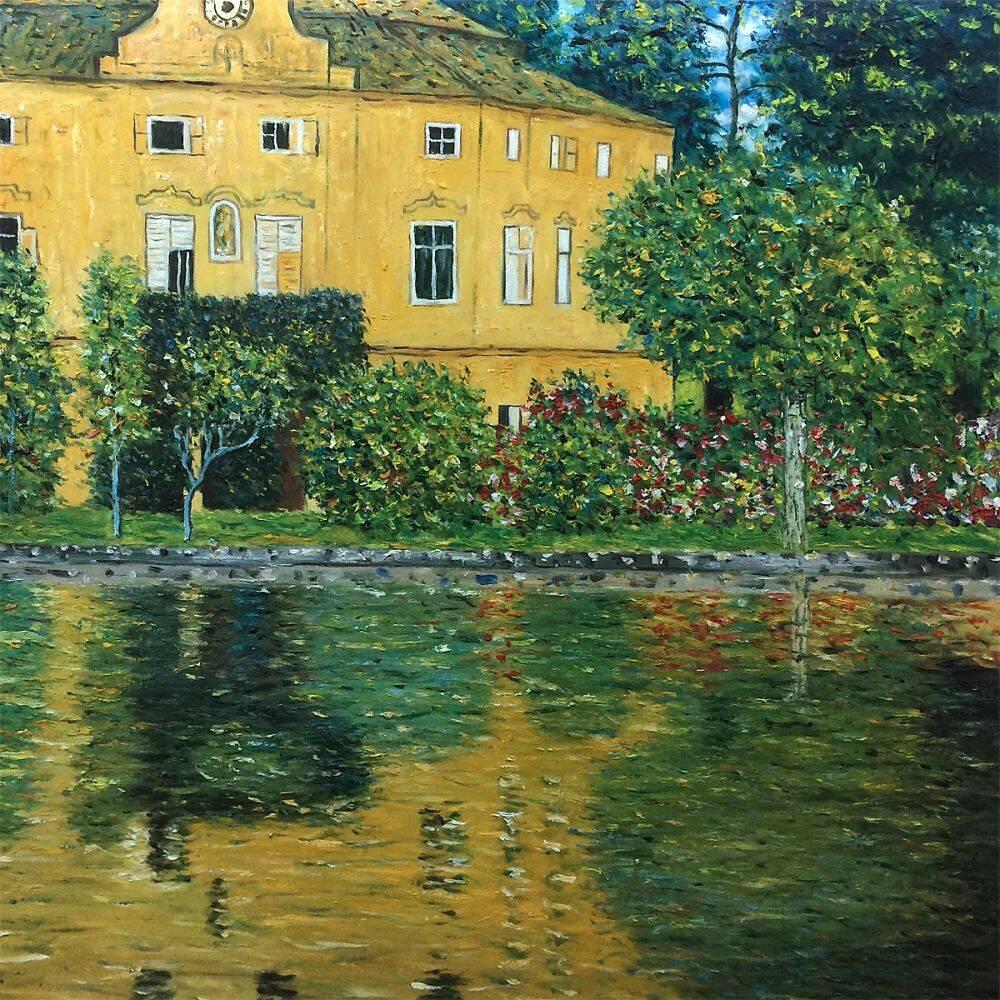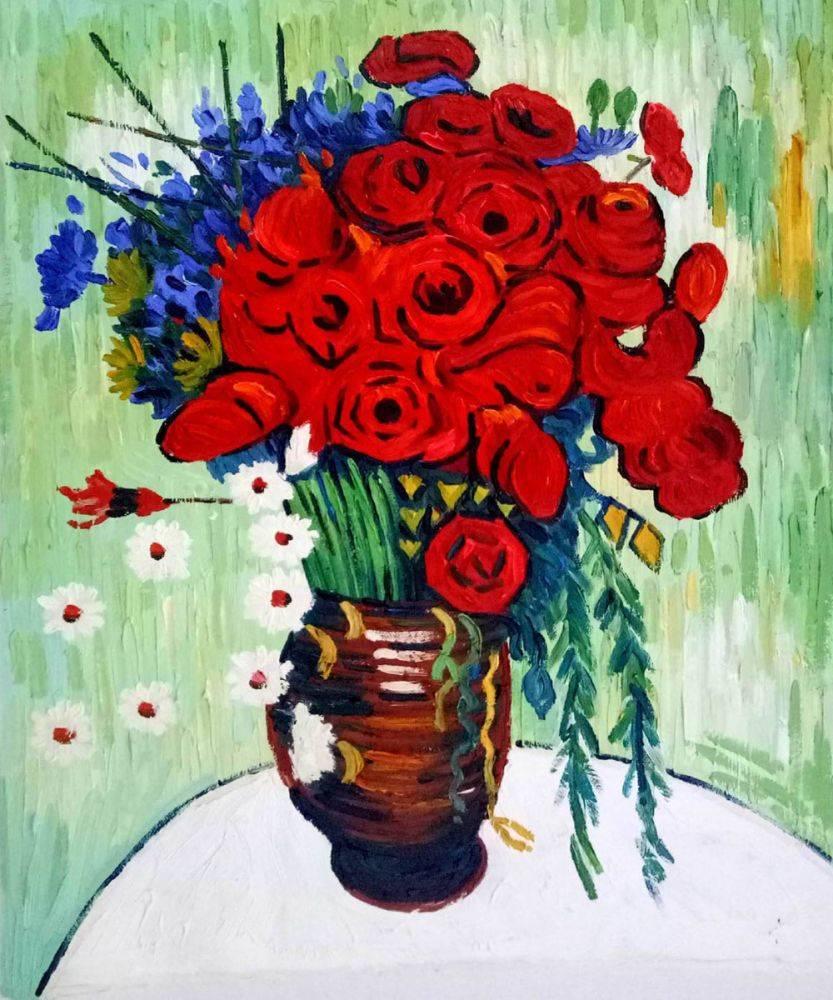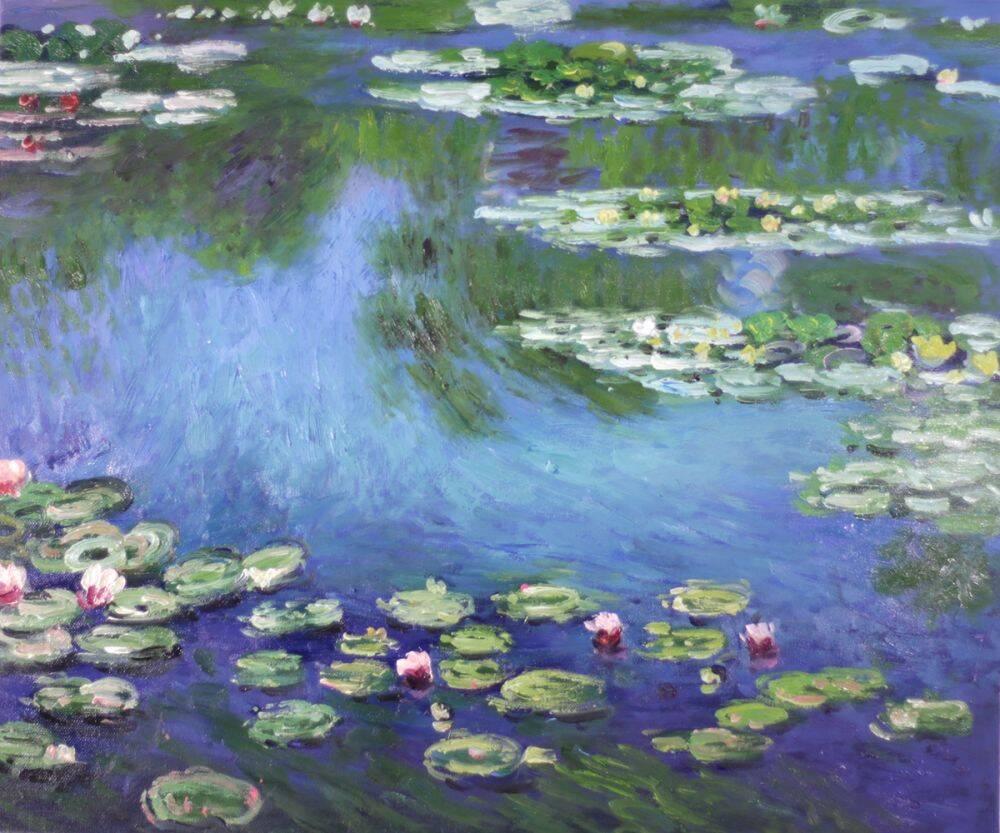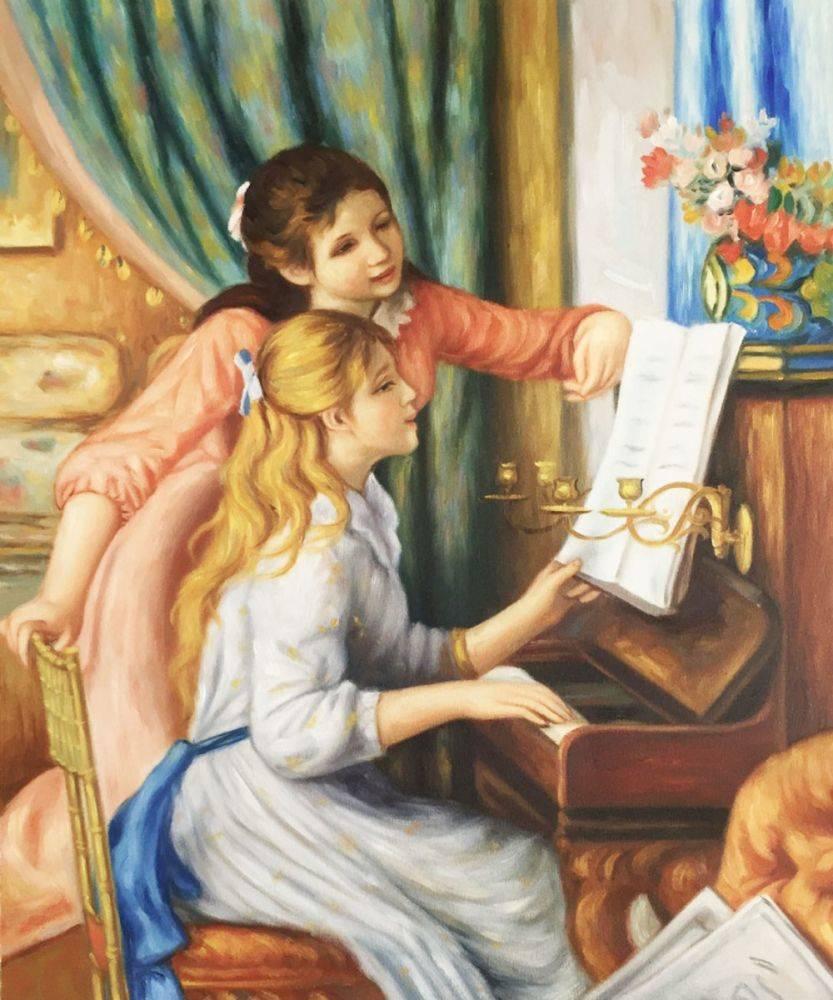Art & Decor Trends
Do Oil Paintings Need to Breath?
A reader recently asked me a question that I wanted to share with all of you:
I am hoping you can help me. I am trying to find out the current info and thoughts as to whether an oil painting needs to breathe to preserve its life and quality? I was told to glue and nail a piece of plywood to the back of a twisted canvas frame on oil, and one framer said that was bad since it would prevent the oil from breathing, while another said the current discovery is actually that an oil painting should not be exposed to the air. Can you help direct me to info on this? Was there an article in your publication about this?
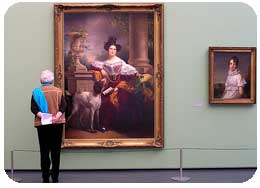 In regards to your question,
In regards to your question,
There are some who suggest stapling a Kraft paper or thin cardboard to cover the back of your canvases. The paper should not touch the canvas. It will help to stop humidity from reaching the canvas as humidity will make the canvas tight or loose.
Canvases are primed before they are painted, so the back of them is exposed to climate change. The painted side is another story. It is completely sealed with gesso. If painters didn’t do that all the oil would sink into the cotton or linen canvas. And oil makes the canvas weak and could break easily. So covering the canvas with the cardboard won’t damage the painting layers.
About the air: oil dries by oxidation, so it has to be in contact with air in order for it to dry. They keep oxidizing even after you think they are already dry.
I have never heard of the theory that oils shouldn’t touch the air. I suppose all the Monets, Van Goghs and Renoirs would already have a glass to protect them and kept in a vacuum if that was the case.
If your oil painting is varnished then the painting layers will be protected for hundreds of years.
The people that offered you advice are both talking about two different things:
- Breathing oxygen is bad. It will oxidize your canvas and some pigments will change color. We are talking eons here not decades before this becomes an issue.
- Breathing moisture out is a must. Unless you have your panting in an environmentally controlled room your painting will need to ‘breathe out’ moisture.
Re-stretching a twisted painting is probably the best option.
Here are a few tips about taking care of your painting:
- It is best to have them in some decent humidity 40-50% according to the curators I’ve spoken with.
- Never hang oil paintings in direct sunlight. It is recommended however, to periodically expose oil paintings to the light for about an hour, it tends to make the oil come to life and freshens the look of the masterpiece.
- I have read that it’s not good to keep paintings in dark places. You don’t need direct sunlight, but just regular indoor light, as oils tend to yellow when stored in dark places.
- Don’t stow, canvases in wet areas or you can get some rot and mold.
- Keep them away from direct dry heat or they may crack.
- Never expose oil paintings to cigarette smoke!!!
- Clean oil paintings, not acrylics with very mild soap and water and a very soft cloth.
I hope this helps you out… check out other articles about taking care of your oil paintings throughout the ArtCroner blog.
